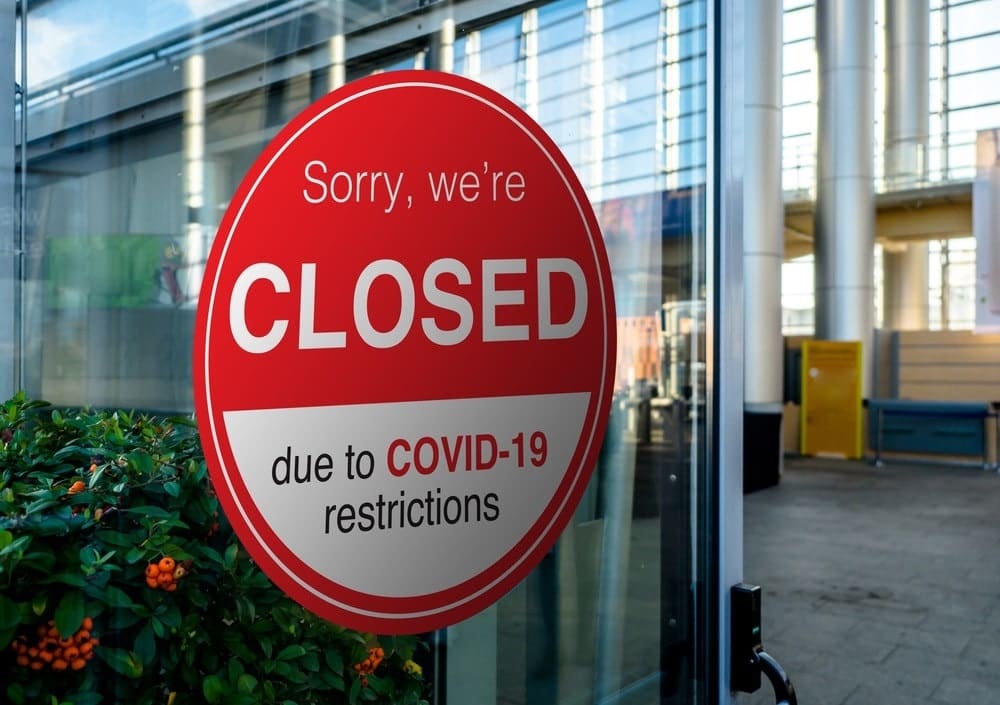OSHA doesn’t seem to explicitly require an infectious disease response plan, but it’s prudent to prepare one anyway. Husch Blackwell’s Avi Meyerstein provides five major planning elements to help companies create a COVID-19 response plan.
No company and no industry is immune from COVID-19. The virus is everywhere. If you haven’t been shut down by government order, your challenge is to adopt a plan to keep the virus from spreading at your workplace and to respond swiftly if it does. Here are questions to ask as you build a response plan.
If you still haven’t dusted off your infectious disease preparedness and response plan to update it for COVID-19 – or if you don’t yet have a response plan to dust off – now is the time. Fortunately, if you take it step by step, developing a COVID-19 response plan is not hard. Most importantly, it will help you think through the measures you need to implement today or possibly in the near future.
Here are five major planning elements, as well as key questions, to guide your way:
1. Assess the Specific Risks for Each Site, Job and Worker
Combine what the Centers for Disease Control (CDC) tells us about the virus with what you know about your work site and each job and person there. If the disease enters, how will it spread there? Who at your workplace is at risk of workplace exposure?
Based on CDC guidance to practice social distancing now that the virus is widespread, the goal now is to limit direct personal exposure within six feet. Who at your site has regular personal contact with others (working side-by-side, within six feet)? Who deals with customers and outside visitors? Who shares tools or touches common surfaces? Who is part of a vulnerable, high-risk population defined by the CDC?
It may be helpful to categorize employees and roles as low-, medium-, high- and very high-risk to define and address hazards, as OSHA does in its guide.
2. Identify General Measures to Prevent the Spread of Disease at Work
After identifying which people and jobs are at risk of exposure, you can build into your plan the ways in which you will prevent that exposure, starting with efforts that cut across the entire workforce and site.
First, describe in your plan how you will keep illness away from your workforce by educating employees about the virus, symptoms of illness and how to maintain strong immune systems (through rest, hydration, good nutrition and exercise). Instruct employees to monitor themselves, report illness and infection, report exposures to infected people and stay home from work if sick (until they are symptom-free for 24 hours).
This is easier said than done. People understandably are reluctant to miss work. Consider how your leave policies and health insurance may or may not encourage and reward the right behaviors.
Second, your plan should limit the possible spread by educating, training and frequently reminding everyone about good hygiene. You’ve heard it all before:
Wash hands frequently and thoroughly.
Don’t shake hands.
Avoid direct personal contact, especially with those who are sick.
Maintain personal space of at least six feet.
Cough into elbows.
Don’t touch the eyes, mouth or nose.
Use and discard tissues.
Third, establish sitewide administrative changes to reduce exposures.
Cancel unnecessary travel and visitors.
Support telecommuting for back-end staff where possible.
Hold meetings by phone or video calls (even if you’re all at the same site).
Other administrative efforts include steps to support the hygiene initiative. Plan to regularly sanitize high-touch surfaces, which can include inside equipment cabs, on office desks (telephone receivers and computer keyboards), equipment control panels and even shared handheld radios (better to stop sharing these things if possible!). Re-stock and distribute sanitary supplies, such as tissues and disinfecting wipes. Increase housekeeping to collect trash and sanitize surfaces (and don’t forget personal protective equipment – PPE – for those who clean).
3. Identify Job-Specific Modifications and Responsibilities
After covering sitewide efforts, describe in your plan the particular steps that will apply to certain jobs or tasks.
Some people’s jobs are fairly solitary and may not need to change much at all. Others have a lot of in-person contact. If a particular job still has too much exposure despite the steps above, how you will change work duties or workplace configurations in times of rampant disease? Can you move workstations farther apart? Can you stagger schedules to minimize contact? Can employees be assigned their own tools, workstations or radios rather than sharing?
Moreover, some people will have additional duties caused by the pandemic. Who will fill in for absent co-workers? Who will take on extra housekeeping and sanitation duties? Who will coordinate your response efforts overall? Include as much of this detail as possible in your plan.
4. Establish Response Protocols in Case Infection Reaches Your Site
With the virus now spreading widely, you should assume that someone infected has or will come to your site. Your plan should describe how you will react.
What if one of your team members – or someone who visited your workplace – tests positive for COVID-19? What if an employee’s immediate family member has the virus? You want people who have been exposed to the virus to stay away from your site. If an exposure occurred at work, you’ll need to determine which people and areas were exposed, isolate affected employees until you can send them to medical care or home and decontaminate the environment safely. Don’t forget to determine what PPE will be needed to accomplish the isolation and sterilization.
Upon testing positive or being exposed, an employee should stay home and self-isolate for at least 14 days. Make sure to stay in touch and monitor progress.
A key part of your plan should be communication, as well. Be sure to communicate sensitively and honestly with your workforce about new developments, your plans and your response (while respecting individual privacy). Seeing that you’re on top of things will help everyone feel safer.
5. Plan for Business Continuity in Severe Conditions
Finally, you’ll probably find it helpful to include in your response plan contingencies for when the virus really starts to limit operations. What will you do to adjust operations if half of your workforce is home sick or in isolation? Can you reduce certain processes, work off surplus inventory, hire temps and/or cross-train employees to fill the void?
Are there added stresses or health-and-safety risks to consider and mitigate? What if the government orders closures or curfews that restrict goods, raw materials or workers? What plans will you have for paying your workforce? What financial and insurance arrangements can help you through these situations?
Do I Have to?
Some wonder if these plans are required by law. While OSHA does not seem to explicitly require an infectious disease response plan generally, OSHA’s guidance for responding to COVID-19 advises companies to prepare one. Given that OSHA’s catchall “general duty” clause requires a workplace free of “recognized hazards” likely to cause serious injury, it’s always worth taking OSHA guidance seriously.
In addition, depending on your particular situation, there are related plans you may be required to have, which could be tied into a COVID-19 response plan. For example, if your company will be using respiratory protection, you need a written respiratory protection program (29 CFR 1910.134). OSHA also requires a written certification of a hazard assessment, verifying that the company assessed which PPE was necessary at a workplace (1910.132).
Likewise, the bloodborne pathogens standard (1910.1030) requires creating a written exposure control plan. In its COVID-19 guidance, OSHA notes that “respiratory secretions” are not one of the bodily fluids covered by that standard, but it says that the bloodborne pathogens standard provides a “framework to help control” COVID-19.
Above all, though, a plan will help you prepare and execute in a very difficult and dynamic environment. As you might imagine, these elements and questions are really just the broad outline of a thorough COVID-19 response plan.



 Avi Meyerstein is a Washington, D.C.-based partner with the law firm
Avi Meyerstein is a Washington, D.C.-based partner with the law firm 






